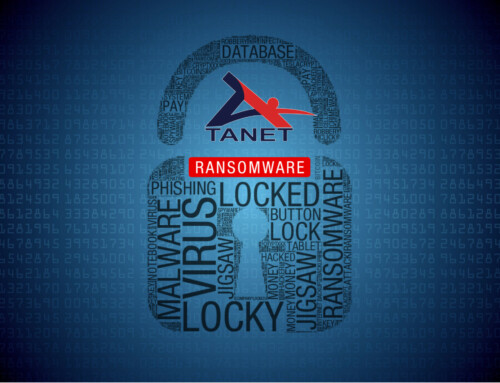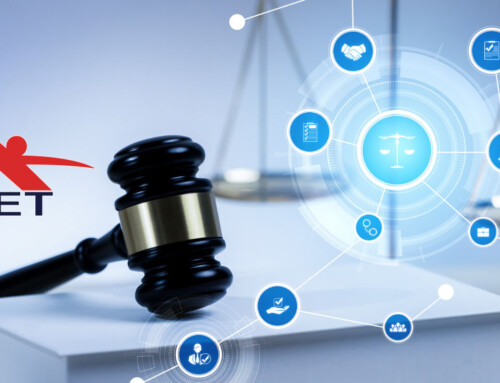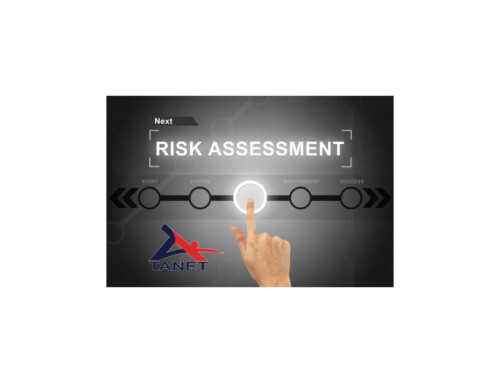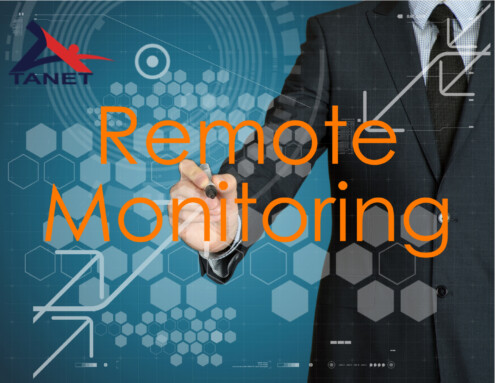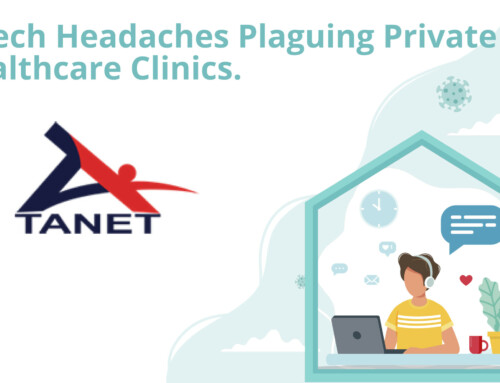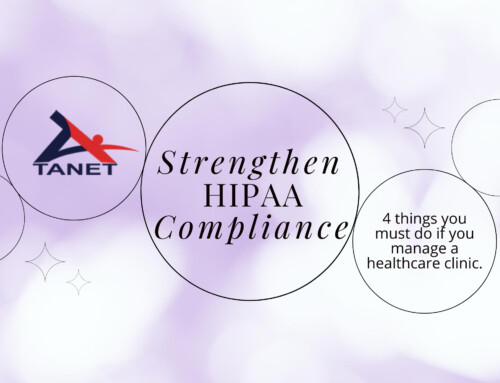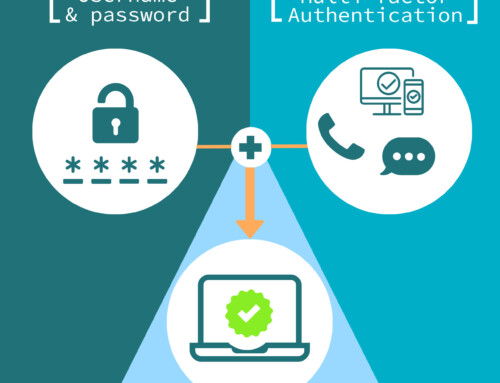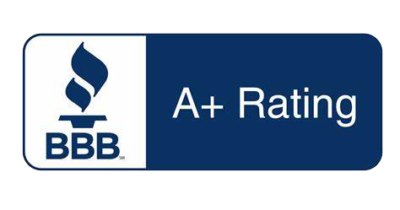In the dynamic realm of healthcare, where the digital landscape is continually expanding, the intersection of regulatory frameworks becomes increasingly significant. For entities covered by the Health Insurance Portability and Accountability Act (HIPAA), aligning with the National Institute of Standards and Technology (NIST) is not just a recommended practice; it’s a strategic imperative. In this article, we’ll delve into why NIST matters for HIPAA covered entities today, examining the critical role it plays in enhancing cybersecurity and meeting the evolving recommendations from the Office for Civil Rights (OCR).
The Shifting Regulatory Landscape:
As technology advances and cyber threats become more sophisticated, the need for a robust and adaptable cybersecurity framework has never been more pronounced. The OCR, responsible for enforcing HIPAA, has recognized the evolving nature of these challenges. To address this, the OCR has increasingly pointed to NIST standards as a benchmark for implementing effective security measures.
1. NIST as a Framework for Cybersecurity Excellence:
NIST provides a comprehensive and flexible framework that HIPAA covered entities can leverage to enhance their cybersecurity posture. The NIST Cybersecurity Framework (CSF) is particularly relevant, offering a structured approach to managing and mitigating cybersecurity risk.
2. OCR’s Emphasis on Risk Management:
The OCR, in its guidance and recommendations, underscores the importance of a risk management approach. NIST aligns seamlessly with this emphasis, providing a systematic method for identifying, assessing, and mitigating risks. By adopting NIST’s risk management framework, covered entities can proactively address vulnerabilities and protect sensitive patient data.
3. NIST’s Role in Strengthening Access Controls:
One of the key recommendations from the OCR involves stringent access controls to safeguard patient information. NIST’s guidelines, especially those related to access management and authentication, offer a robust blueprint for entities seeking to enhance their security controls. Implementing multi-factor authentication, as suggested by NIST, becomes a proactive measure in preventing unauthorized access.
4. Encryption Standards and Compliance:
NIST is widely recognized for its encryption standards, which play a pivotal role in data protection. As the OCR places an increasing emphasis on the encryption of sensitive data, HIPAA covered entities can turn to NIST guidelines for a reliable and widely accepted approach to encryption. This ensures that patient information remains secure both in transit and at rest.
5. Continuous Monitoring and Incident Response:
In today’s threat landscape, rapid detection and response are imperative. NIST’s guidelines on continuous monitoring and incident response align seamlessly with the OCR’s recommendations for swift and effective action in the event of a security incident. By adopting NIST’s best practices, covered entities can minimize the impact of breaches and demonstrate a commitment to patient privacy.
Conclusion:
As healthcare technology advances and the regulatory landscape evolves, HIPAA covered entities must navigate a complex terrain of compliance requirements and cybersecurity challenges. The OCR’s recommendations increasingly align with NIST standards, emphasizing the practicality and effectiveness of integrating NIST frameworks into HIPAA compliance efforts. By embracing NIST, covered entities not only meet regulatory expectations but also fortify their defenses against an ever-changing threat landscape, ultimately ensuring the confidentiality, integrity, and availability of patient information in today’s digital age.









